When we think about our favorite brands, we only know a lot of them exist because someone told us about them. When that happens our friends became more than customers, they were brand advocates. They didn’t just like the brand community they were in, they fell in love with the brand, and couldn’t help themselves from telling everyone they know about it.
Advocates show outsiders what makes your brand community valuable to join. They are highly engaged within your community and share the joy of being a member with the outside world through the things they do, say, and share. In other words, they are involved with every step in the community-building process.
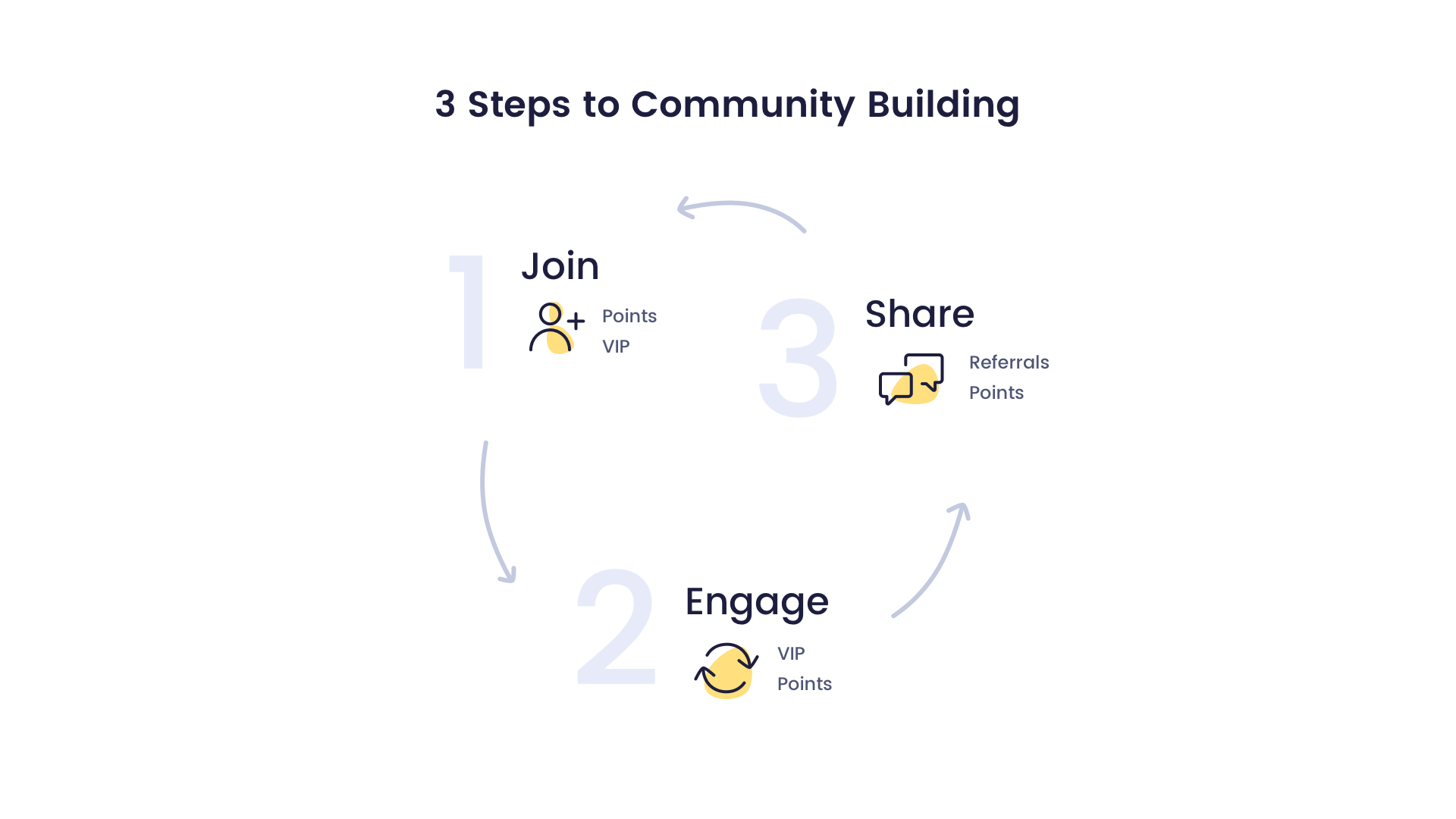
This is the power of social proof at work—the idea that customers will take cues from others to not only influence their buying decisions but which brands they align themselves with after a purchase, too.
So if building this type of social proof relies on turning average customers into brand advocates, how do you make that happen?
You can do it with a simple three-step process.
1. Create a community for advocates to rally behind
For someone to be an advocate, they need something to advocate for. In your case, that something is your brand community.
The mere existence of a brand community isn’t enough though. Your community has to clearly demonstrate the values your brand stands for and why it exists in the first place. When customers can see what your business values, it’s easier for them to establish an emotional connection with you and join the story your brand is telling through its community.
In order to do this, customers need to get an idea of what your brand story is from the second they land on your website or social media page. If they can’t tell at a glance, the chances of converting that customer to a brand advocate will be virtually zero. No matter who they are, you will be hard-pressed to find a customer who wants to go digging for reasons to connect with your brand—especially when there are so many other options out there. Instead, you have to make the barrier to joining your community as low as possible to make it an inviting place to be.
From the moment you land on Monday’s website, you instantly understand their zero-alcohol product, their brand, and how you can fit into their brand community. Whether it’s someone looking for drink alternatives or someone who has changed their lifestyle, there is no guessing what Monday is about and how their values can align with you.
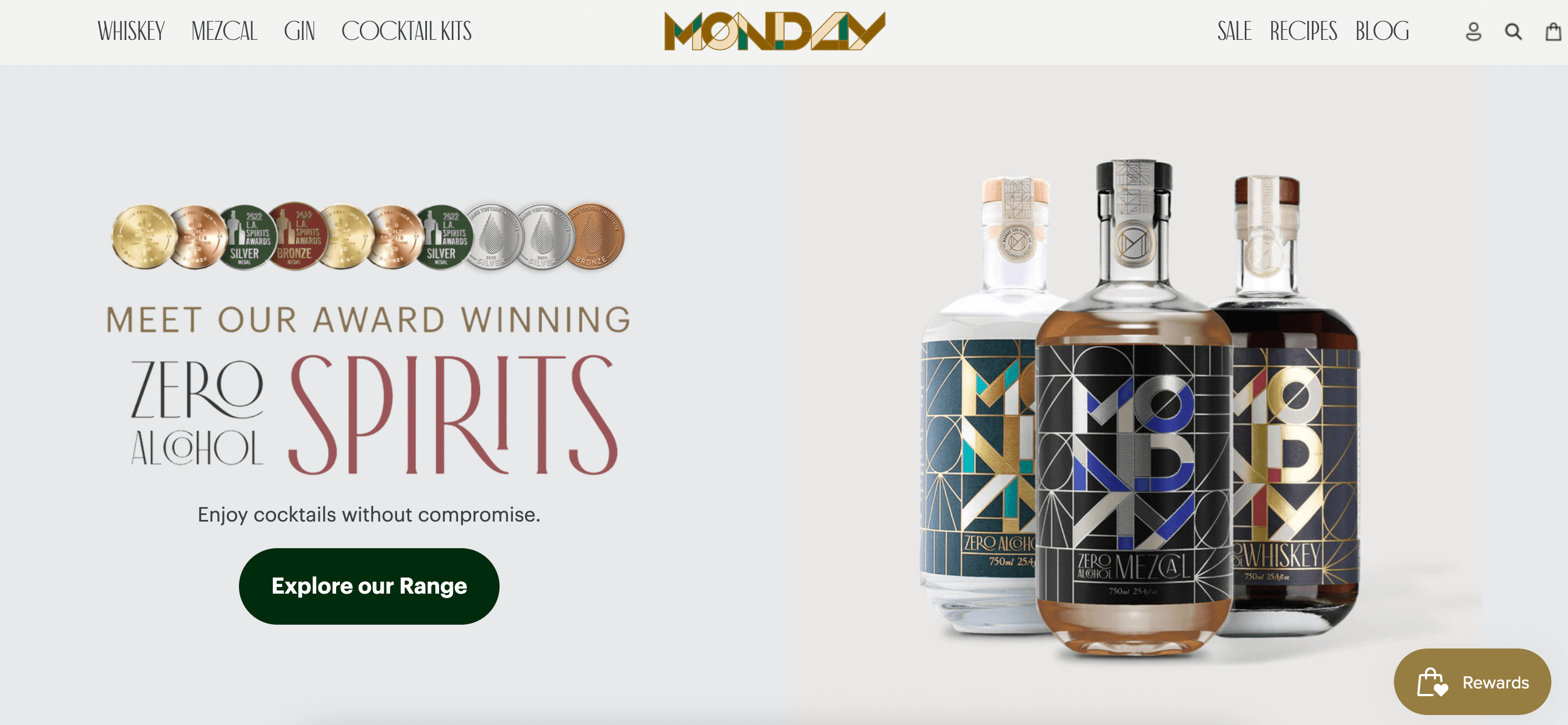
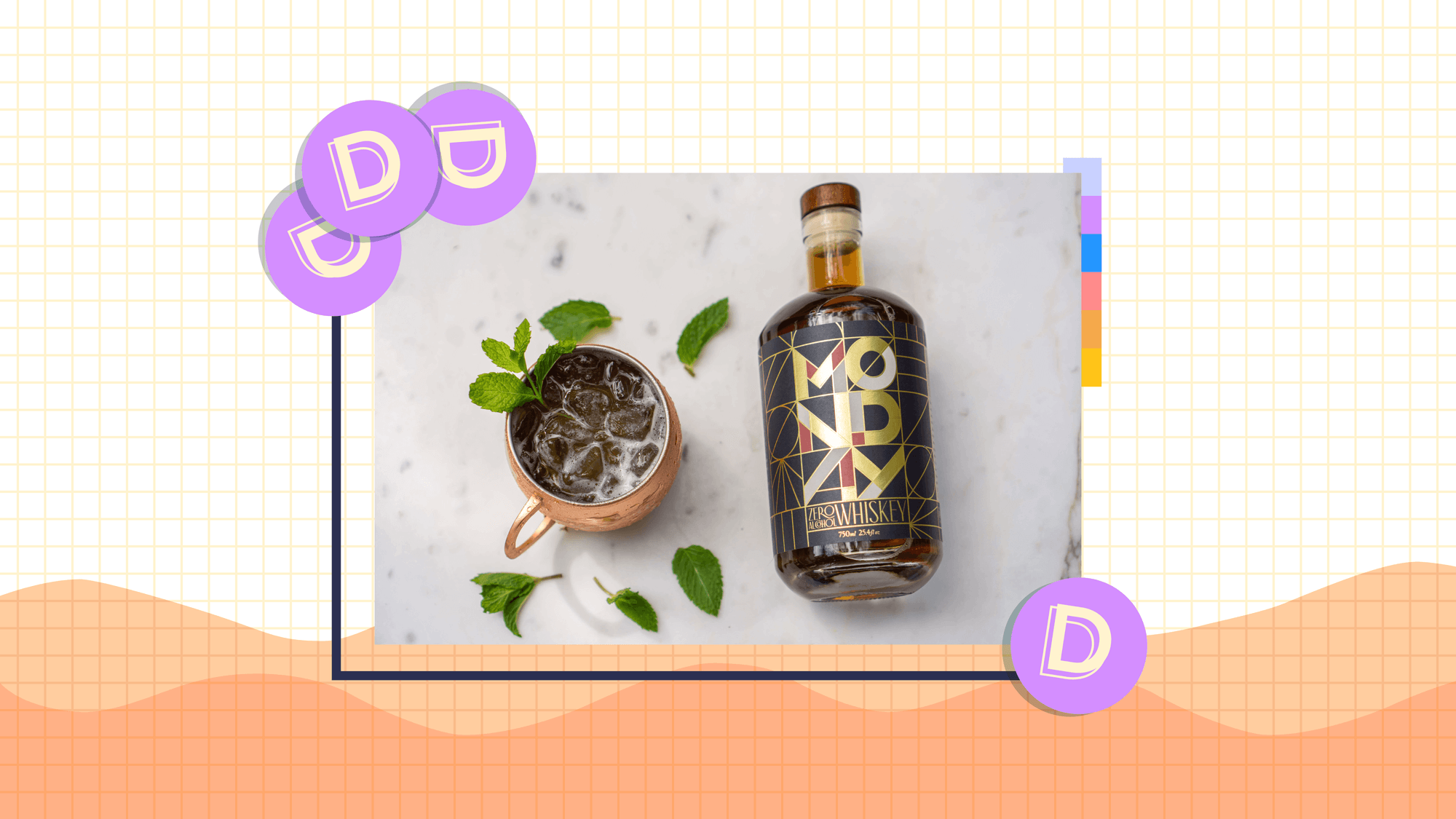
Make your team your primary brand advocate
You can use your employees as the first line of defense for your brand’s story. Nobody knows your brand better than your team, so it makes sense that they should be your absolute best advocates.
When your team lives out your brand’s values in their day-to-day lives, they become the front line of your brand community.
One of the best ways to take advantage of your team advocates is by repurposing the content they create. Similar to UGC (user-generated content), you can curate content your employees create and repost it on social media. Giving your audience a glimpse “behind the curtain” might be even more valuable than what the rest of your customers come up with!
A brand that takes this principle to heart is Starbucks, which even went so far as to create a separate social media account just for their employees now with over 150,000 Instagram followers!
Known by the brand as “partners,” this emphasis on how their employees impact the overall Starbucks brand comes all the way from the top.
Taking advantage of this kind of employee-generated content gives you an opportunity to show how deeply ingrained your brand values are in your company culture. This then translates to the rest of your customer experience, painting a picture of your brand as being a holistic, inviting community.
This is an extremely valuable proposition for anyone looking for a brand to help them feel like they belong. When you create a community and encourage your employees to be the primary advocates of its values, you’ll have everything you need to start delighting customers and pull them into the story your brand and community are telling.
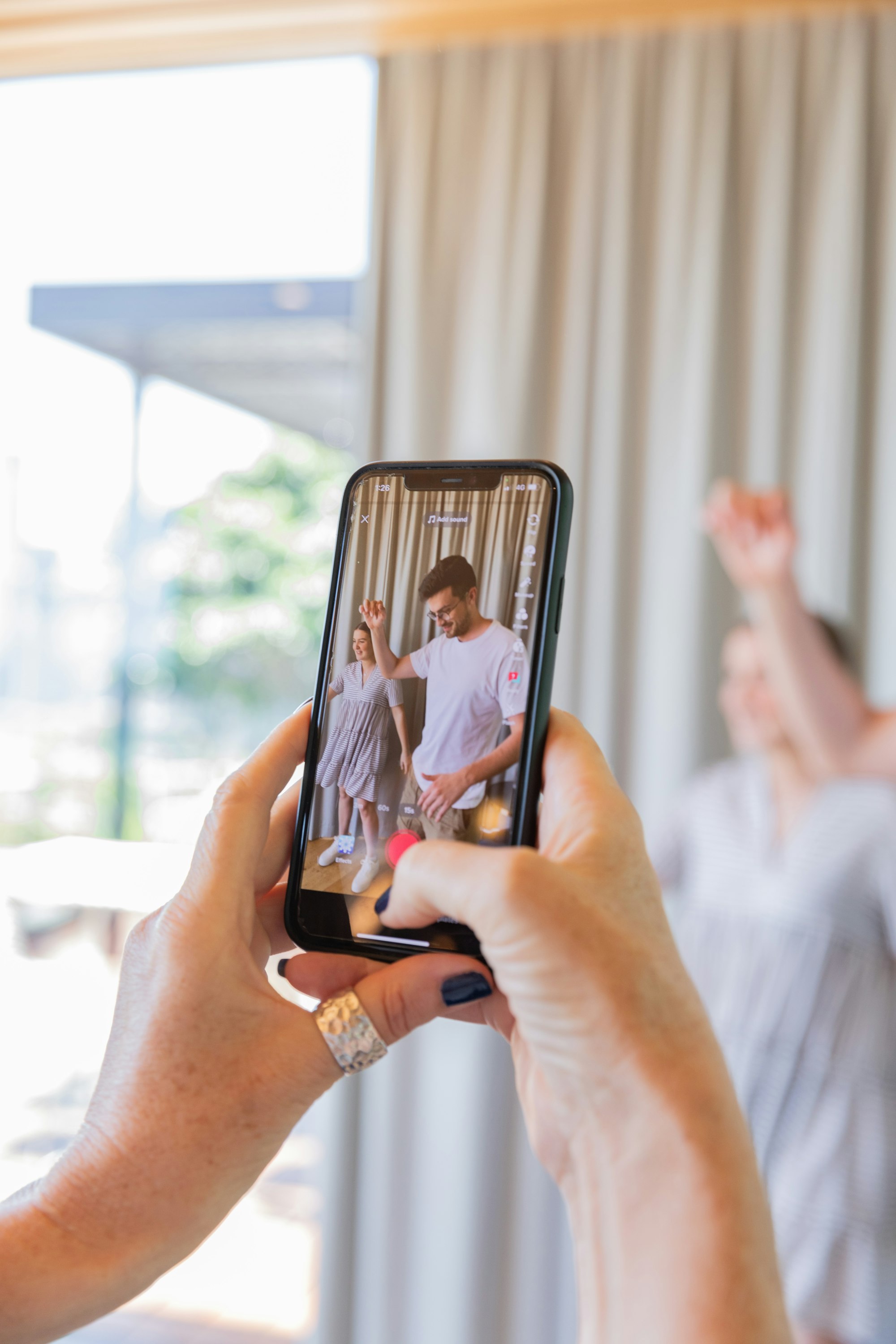
2. Make it valuable for advocates to engage with your community
When a customer is delighted by your brand and decides to join your community, you have to make it valuable for them to stay engaged with it. Engagement is what takes a customer from simply being someone who likes your brand to being a true advocate for it.
A great way to inspire ongoing engagement is just to ask them! Making a purchase is only one thing they can do with your brand, so why not invite them to leave a review or complete a survey? When combined with a valuable incentive, such as reward points, discounts, or the chance to win a store gift card, it’s an easy decision for your community advocates to complete these types of actions.

Emails are the perfect way to invite your brand advocates to complete these types of actions. Mori, a baby clothing brand, knew that their customers enjoy knowing their opinion is valued. As a result, they chose to offer each customer the chance to win a significant gift card for sharing their feedback.
This type of value-add marketing can significantly help boost your response rate and continues to remind customers that you truly appreciate their place in your brand community. When customers feel valued, you strengthen the emotional connection they have with your store and get them one step closer to being delighted advocates for your brand.
3. Build a rewards program to reward advocacy
A community can’t grow if people don’t hear about it, and by definition your customers aren’t advocating until they are telling others about your brand. With this in mind, it shouldn’t come as a surprise that the third and final step to developing incredible brand advocates is running a rewards program.
When we share our experiences with others, we invite them to be part of our personal story, tapping into both our and their desire to belong. The same goes for your brand advocates when they tell others about their experience with your brand.
Unfortunately, we are far less likely to talk about a positive experience than a negative one. This is what makes a rewards program such an impactful tool for mobilizing your brand advocates. With more value up for grabs, they’ll be much more eager to share the good, the better, and the best about your brand with everyone in their personal network.
Make advocating easy by keeping it simple
If customers don’t want to spend a lot of time searching for your brand’s value, they definitely don’t want to waste time figuring out how to share your community with their friends. Your customers value their time, which means you need to make it easy for them to share their experiences with your brand community.
With a rewards program, you can easily reward your community members for following you and talking about your brand on social media. With the click of a button, you can deliver additional value that makes it both simple and worthwhile for them to advocate for your community.
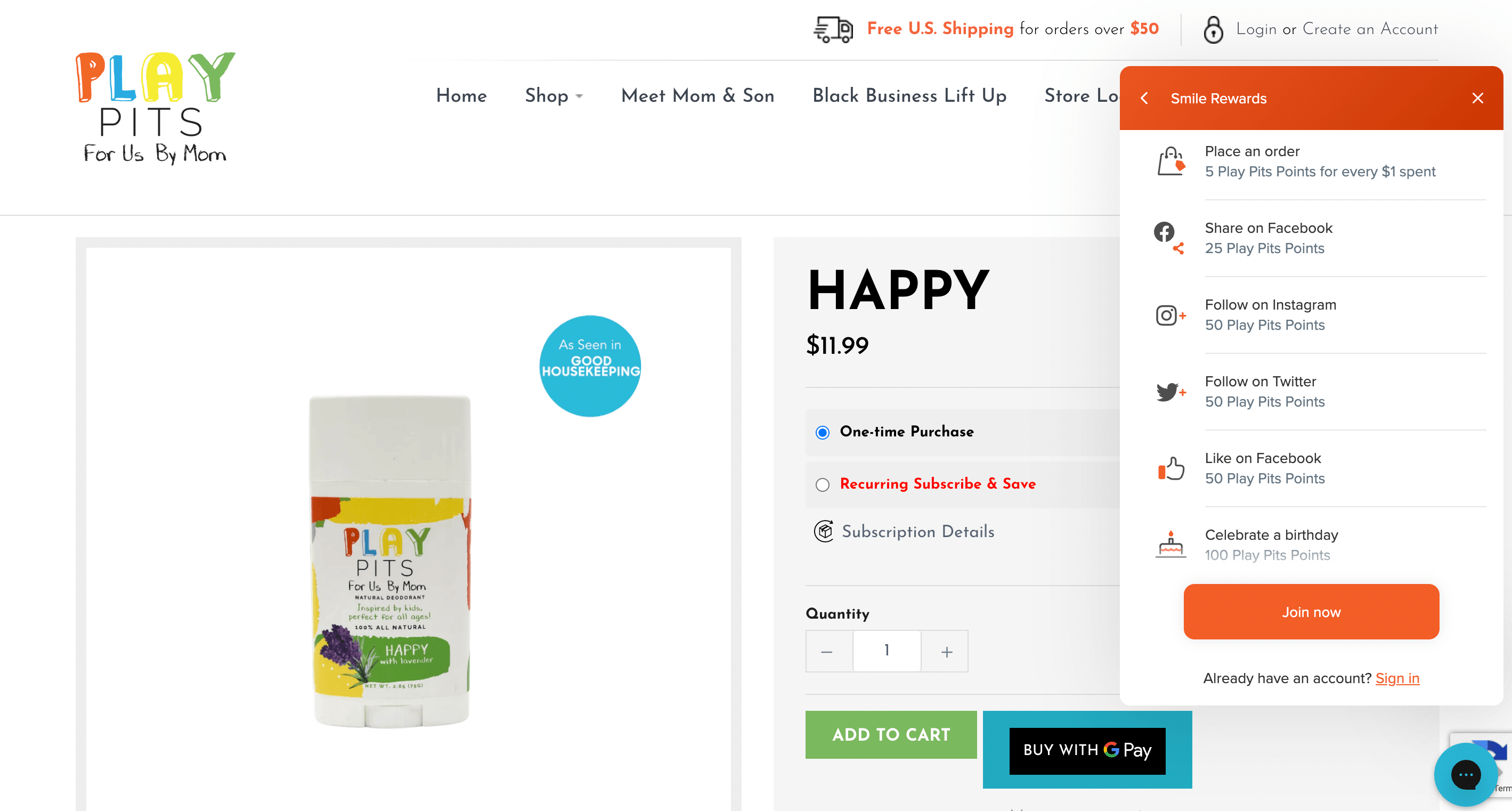
Play Pits does this by rewarding its customers for following and sharing their brand on Twitter, Instagram, and Facebook. They also reward customers for referrals by giving $5 off for every referral. Referrals and earning loyalty points effectively establish an emotional connection between Play Pits and its customers.
Making the process of sharing an easy action is crucial to creating advocates. Allowing one-click sharing makes the action simple, and rewarding for the action makes it worth the effort to be an advocate.
Motivate advocates with a referral program
One of the best ways to encourage your community members to share your brand is by creating a rewarding referral program. When your customers know it’s worth their time and effort to bring others into the community, they won’t be able to help themselves and will share your message with as many people as possible.
Customized referral messages are a great way to do this. Just like how you want to keep social engagement quick and easy, designing on-brand, easy-to-understand referral messages allows your advocates to share without putting the responsibility on them to craft the perfect social post.
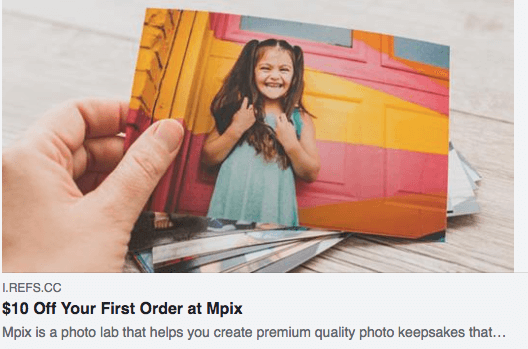
Photography brand Mpix does a great job of this. As you can see here, Mpix has taken care of everything, including a high-quality photo and informative but interesting copy. These elements make this part of their rewards program easy to use and reflective of the overall brand experience their advocates want to share.
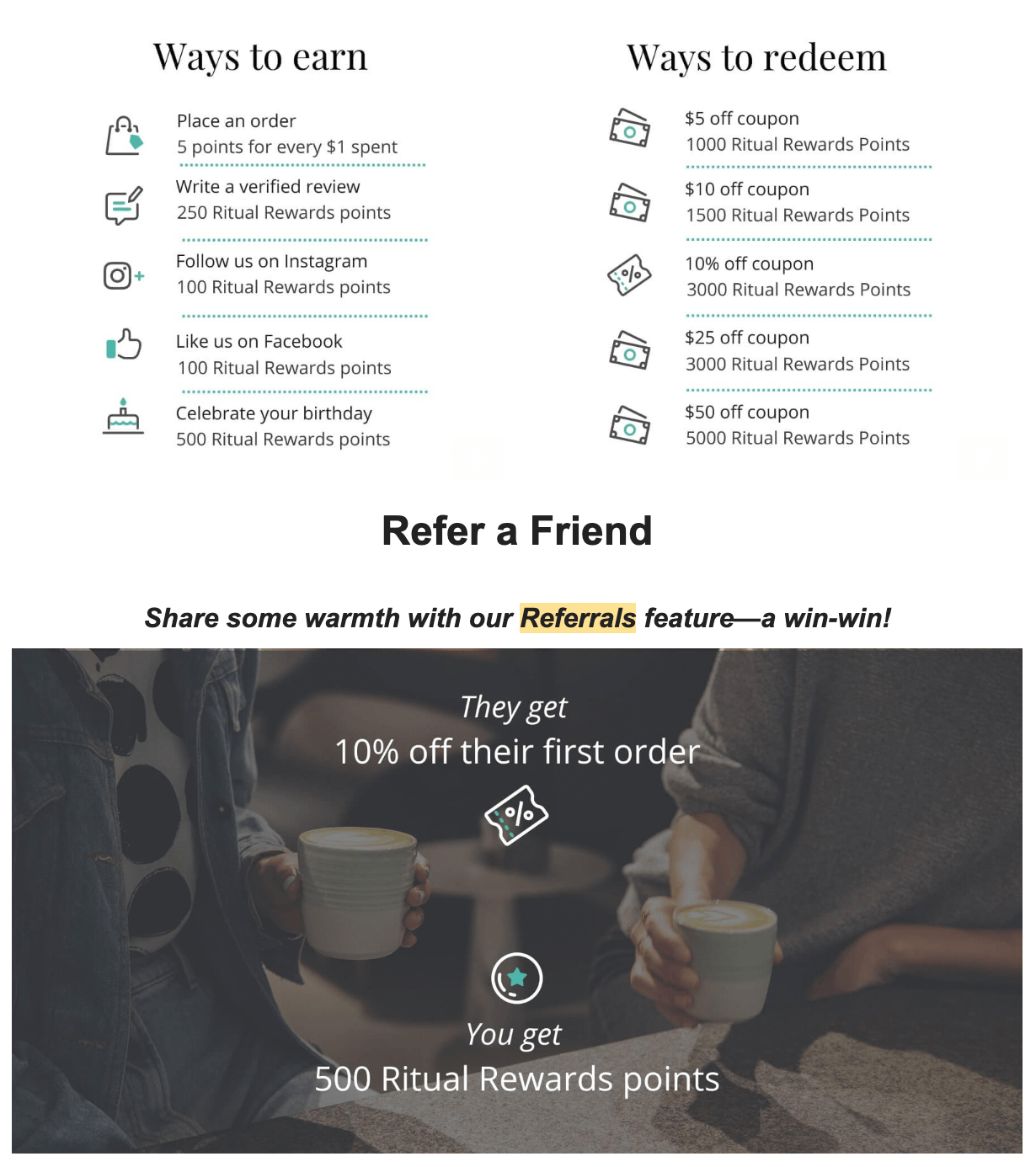
You can also prompt more referrals by including it in your email marketing strategy. Coffee brand Cafuné does this exceptionally well with their emails walking through how customers can earn rewards and how to refer customers. The email content describes what’s in it for both the customer and their friend, and shows the fun personality of the Cafuné brand.
Referral programs connect the value of rewards with the action of sharing, creating a strong incentive for customers to cross over to the realm of advocates. With more value up for grabs, they just can’t help but share your community’s story with others.
Create a great community and customers will turn themselves into advocates
Hopefully now you understand how simple it is to transform your typical customers into powerful advocates for your brand.
- Create a community for advocates to advocate.
- Show the tangible value of engaging with the community.
- Motivate advocates to share your community with rewards.
It’s really that easy.
Editor’s Note: This post was originally published on September 18, 2018, and was updated for accuracy and comprehensiveness on March 9, 2023.










